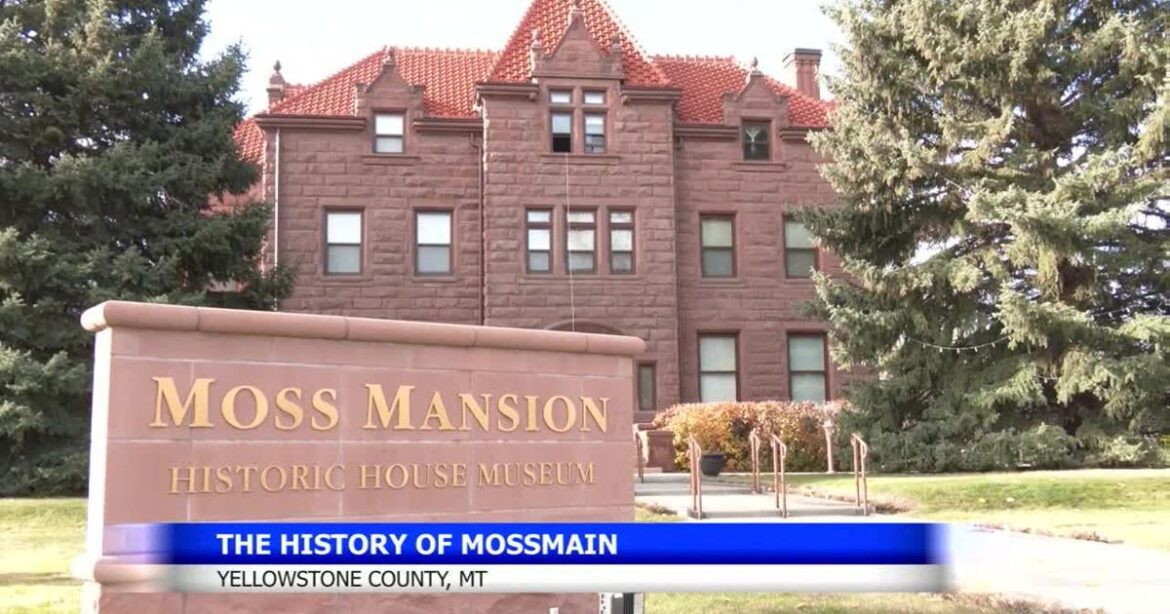BILLINGS, Mont. – A century ago, engineers and architects envisioned a garden city on the prairie with parks, fountains and a massive rail hub. Today, almost nothing remains of Mossmain.
Many who drive between Billings and Laurel have passed by Mossmain without realizing it. It looks like little more than a frontage road and a few tree lines. Yet, a hundred years ago, it was meant to be Montana’s city of the future.
Preston Boyd Moss, a key figure in shaping Billings, saw the need for a modern city the area had not yet achieved. He purchased land about 10 miles west of Billings and hired renowned architect Walter Burley Griffin, designer of Canberra, Australia’s capital.
“Mossmain was one of P.B. Moss’ many business endeavors. It was going to be a garden city…from my understanding it’s very aesthetically focused. It’s almost set up in a circle. You’ve got your train hub in the center and then everything kind of goes out from there. And everyone who lived in Mossmain would engage in agriculture. Products would go through an assured market,” said a source familiar with the history.
The vision was bold: a concentric, organized city with a regional rail hub and striking modern architecture. It was to stand alongside Billings, possibly even surpass it.
“It’s supposed to be very pretty…like florals on your front porch….and trimmed hedges. If you look at the advertising picture of Mossmain, you’ve got this beautiful fountain with flowers surrounding it. Lot of greenery and shrubbery. It looks very manufactured,” said the source.
However, the Great Depression and World War II changed everything. Money became scarce, materials were limited and the futuristic layout started to feel outdated. The final blow came when the rail junction, meant to elevate Mossmain, was constructed through Laurel instead.
The dream of Mossmain dwindled to a few dirt roads and scattered homes. The post office closed in 1935, and over time, the vision faded.
Today, Mossmain is nearly forgotten, its original townsite divided by the interstate, industrial buildings occupying where the town center was planned. Only Mossmain Lane remains, along with the memory of a city that could have been.
This story serves as a reminder of Yellowstone County’s vision for a city with world-class architecture and hope that came at the wrong time in history.


Comments are closed.